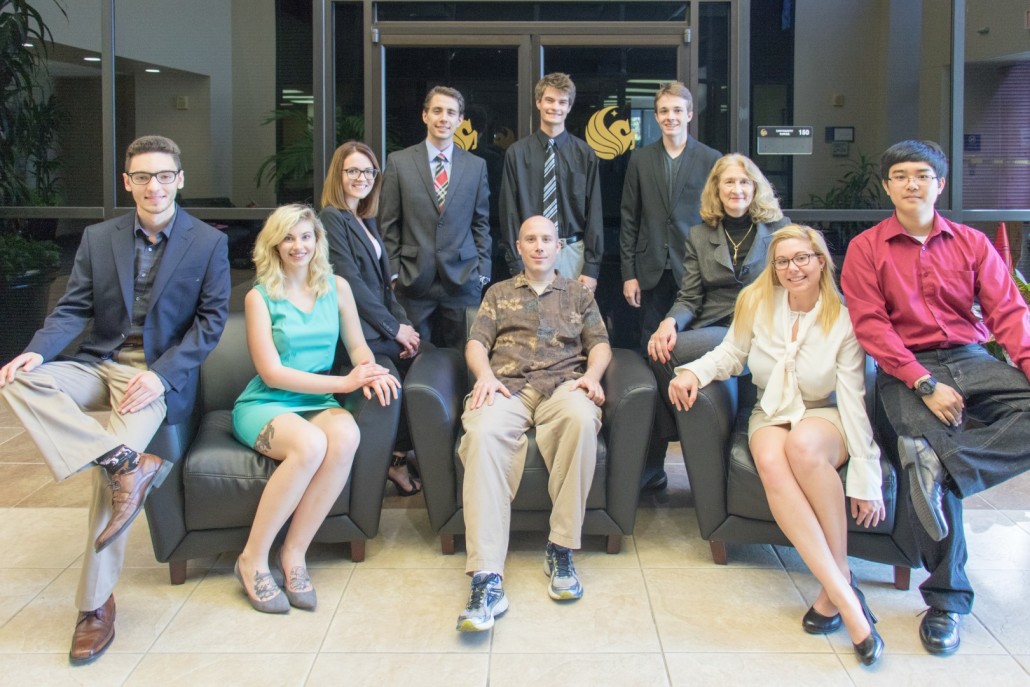Genes4Vaccines
Genes4Vaccines aimed at shortening development time for life-saving vaccines
Vaccines save countless lives every year. But one of the biggest problems with vaccines is the length of time it takes to develop new ones – about 10 years. In human terms, that’s a significant duration.
An I-Corps team at UCF is trying to do something about that delay. The team has developed Genes4Vaccines, a software with an implemented algorithm that seeks to streamline the vaccine development process to aid in creating safe and immunogenic vaccines.
Here’s how it works: The program analyzes the genome of the disease-causing agent that the new vaccine will target. Then the program compares it to genomes of other disease-causing agents – called “pathogens” – for which vaccines already exist. That comparison allows researchers to more easily determine the genetic sequences of the target pathogen, helping speed up the overall process of developing a successful vaccine.
“This technology allows us to look at diseases we’ve already targeted in our vaccines, and to use that data systematically to make accurate predictions about the disease we’re currently working on,” said Courtney Astore, the team’s Co-Entrepreneurial Lead and a biotechnology student at UCF.
“It’s designed to save lives by allowing vaccines into the marketplace as quickly and safely as possible,” said Rebecca Elsishans, the team’s other Co-Entrepreneurial Lead and a biomedical engineering student at UF. “It has been an incredible journey and I’m very excited for the future of our software.”
The Academic Lead for the team is Aaron Smith, Ph.D., a UCF mathematics lecturer. Smith, Astore, Elsishans and UCF students, Jason Guo, David Durkee, Christopher Hodge, Jayk Barker, Nicholas Kosan and Traci LaMoia have been working on the development team to bring Genes4Vaccines to life.
The focus of Genes4Vaccines is the exploratory stage of vaccine development, the first two to four years of research. During these years, the researchers seek to identify the genetic sequences of the antigens, molecules that prompt an immune response in the host organism.
This has provided a sound alternative to the guess-and-check process of identifying genetic sequences for vaccines. The old method is much more time-consuming, adding years to the development process.
“This is a significant breakthrough,” said Dr. Smith. “Anything that will expedite the old process and better inform each step of development, particularly early on, is bound to have far-reaching consequences.”
Strong commercial potential exists for Genes4Vaccines. The public and private sectors of the health industry often work in tandem during vaccine development, which makes both sectors potential markets. Companies involved in vaccine research and manufacturing program could subscribe to Genes4Vaccines.
“There is no technology out there right now that compares to Genes4Vaccines,” said Astore. “There is no approach currently in use that is so systematic in determining the DNA sequences that will lead to effective vaccines. We all hope to see it transform the vaccine industry.”






